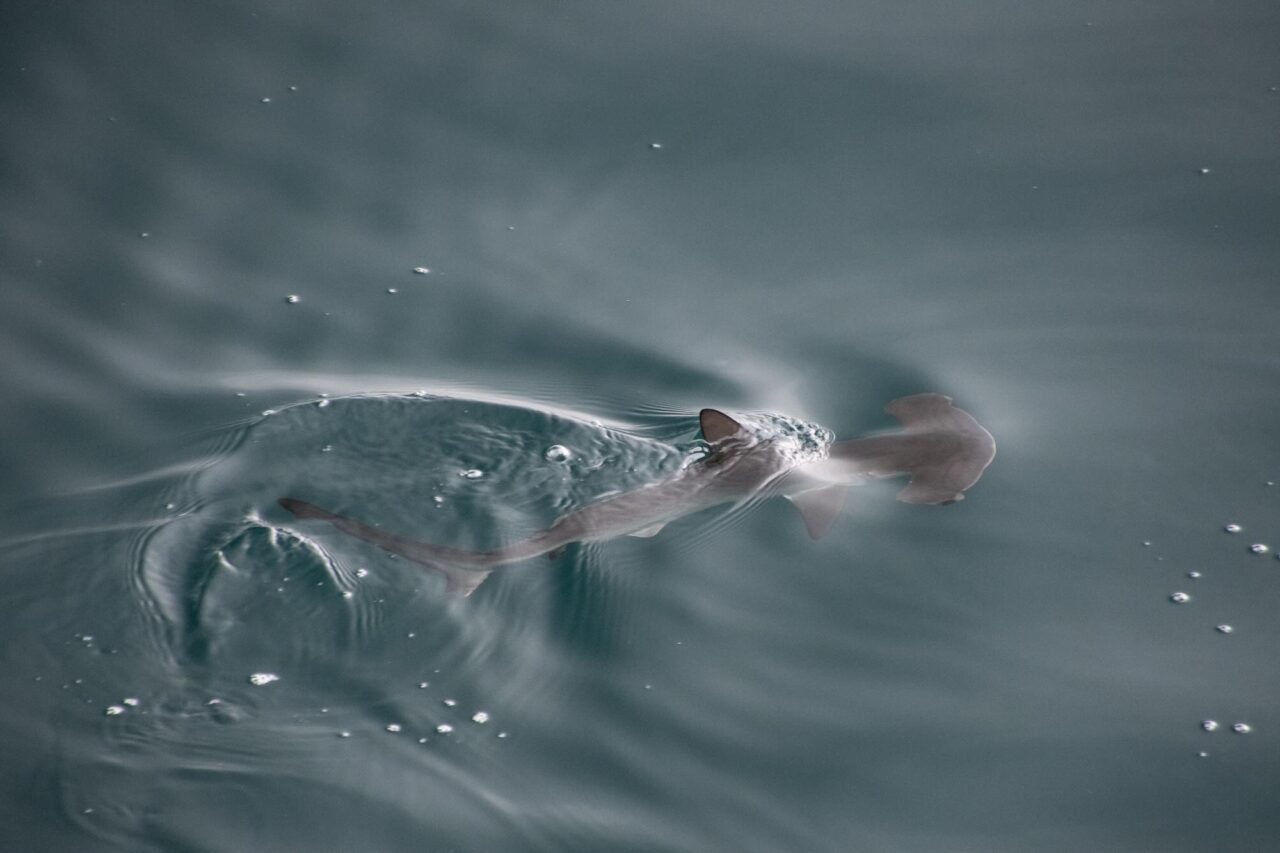
GREENPEACE Several offspring of the endangered hammerhead shark species have been found by researchers on an expedition in the Galápagos Marine Reserve.
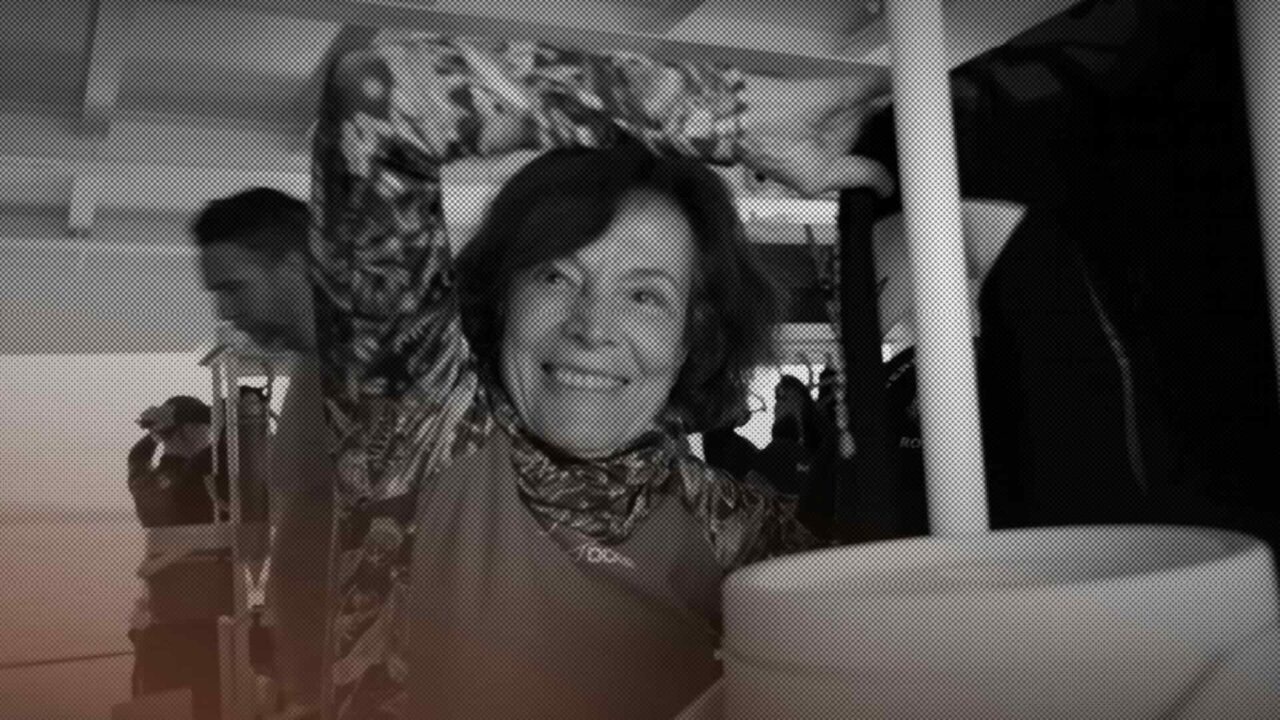
Meet Sylvia Earle, a pioneering oceanographer and unwavering advocate for marine conservation. Her lifelong commitment to exploring and protecting the wonders of the sea serves as an inspiring call to cherish and safeguard our oceans. We had the privilege of meeting her on an expedition to the Galapagos Islands.
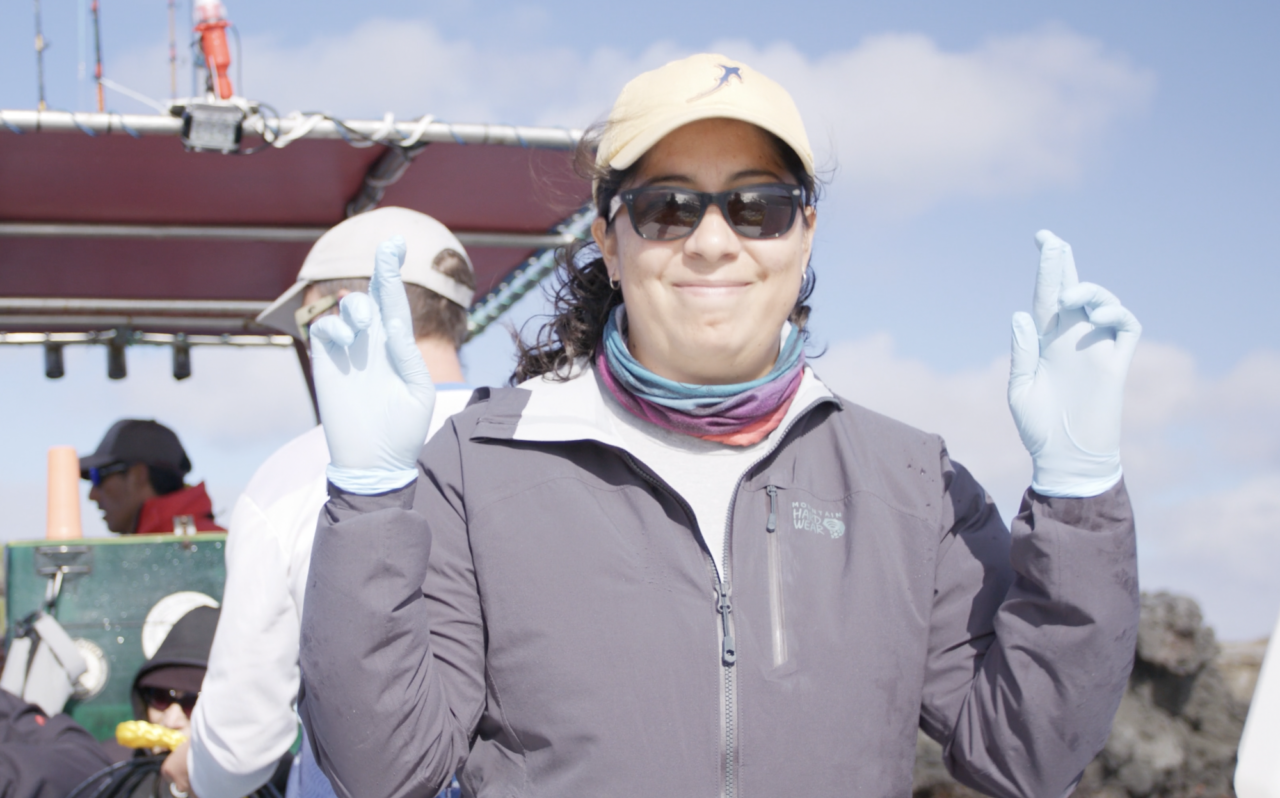
The 11th of February is the UN’s International Day of Women and Girls in Science.
The Galapagos Marine Reserve provides protection to close on 200 thousand square kilometres of our ocean. It lies 900 kilometres from the mainland and is not on any busy shipping lanes or industrial fishing waters yet, researcher, Jen Jones finds micro plastic in the water throughout the reserve.
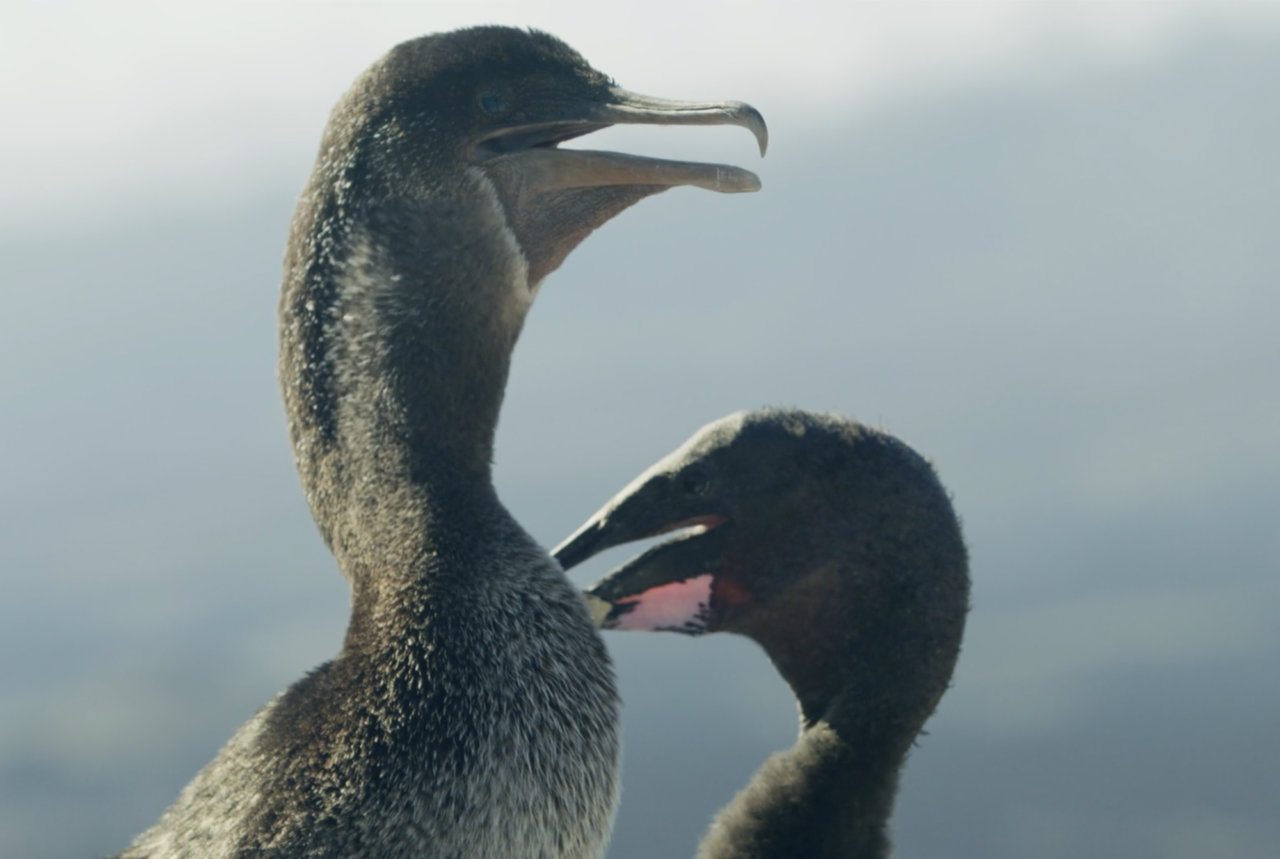
Rapid climate change vs evolution. The Galapagos cormorant has evolved to thrive in an environment where they can feed near the coast outside the islands where they live. Their wings have shrunk to a third of the size needed for flight and they have become very efficient swimmers. Rapid climate change threatens to disrupt the cold currents that bring nutrient-rich water so close to their remote island home. It is now possible that the millions of years of evolution that have made them so successful in this particular environment will put them at a life-threatening disadvantage

After a week filming on board the research ship Argo in the Galapagos Islands I finally had my first opportunity to go ashore. I accompanied marine biologist, Doctor Susana Cardenas and Park ranger Alberto Proaño on a trip to Fernandina Island. They were there to tag and to take samples from 2 endemic bird species, the Galapagos flightless cormorant and the Galapagos penguin
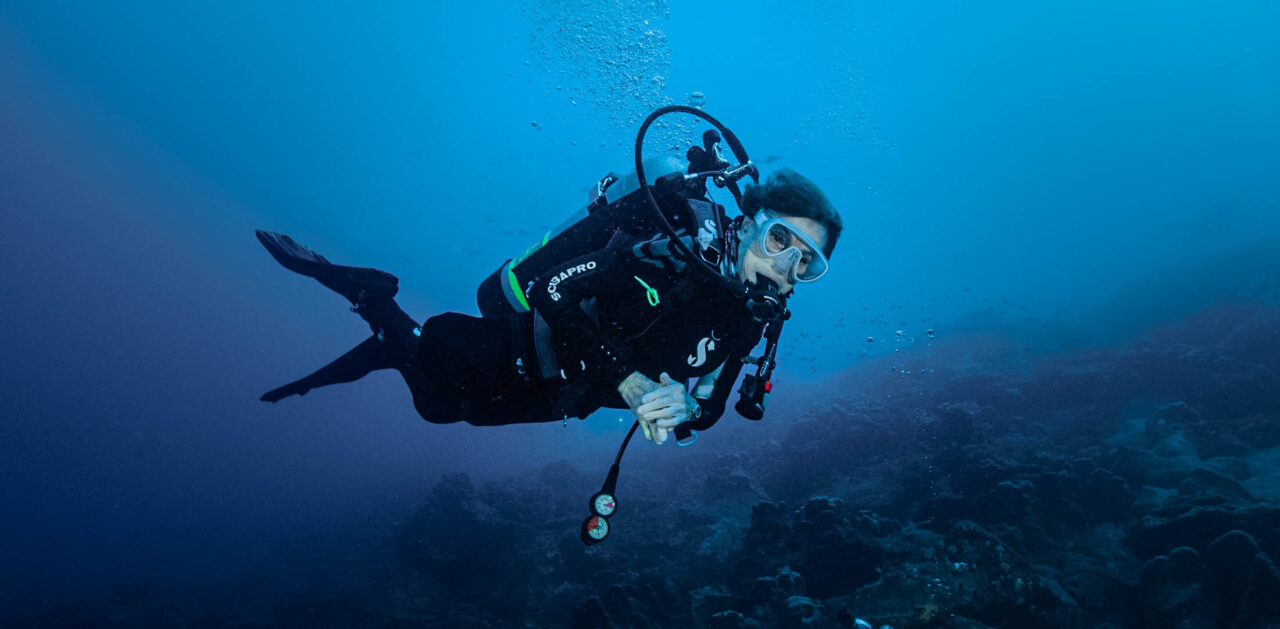
Legendary oceanographer, Sylvia Earle first visited the Galapagos Islands in 1966 and described it as, "the sharkiest fishiest place I've ever been." In July 2022 we return to this special place on a research boat chartered by Dr. Earle's Mission Blue foundation. The expedition is tasked with checking key environmental health indicators on the 25th anniversary of the Galapagos being declared a marine protected area

After an eventful first week in the Galapagos (link to the first article), we are now heading west. We will investigate the waters around Fernandina island in the western part of the archipelago. Here the water is significantly colder and the fauna is different. The cold, nutrient-rich ocean current comes all the way from the South Pole. It creates a completely unique underwater environment. Corals and sharks but unusually, also penguins and kelp
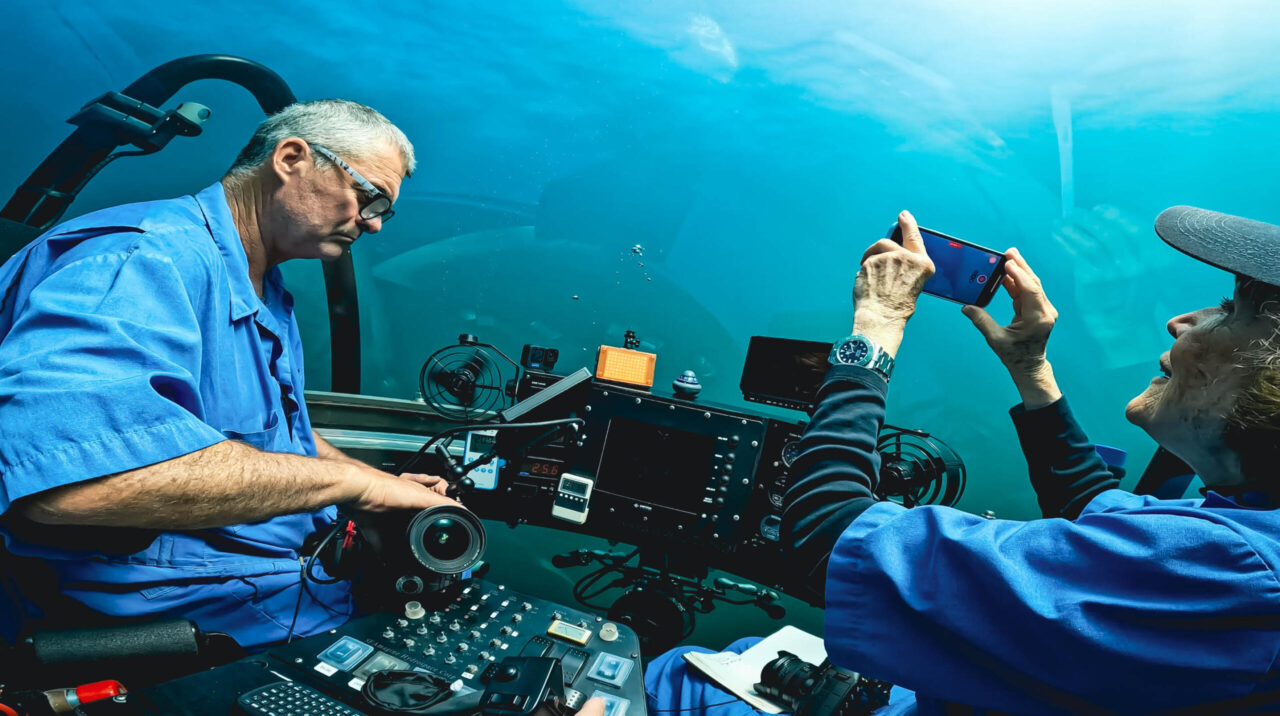
The challenges of wrestling fifteen flight cases loaded with film equipment and dive gear from Stockholm to the Galapagos islands are forgotten the instant we emerge from the airport into the sunshine of Baltra island
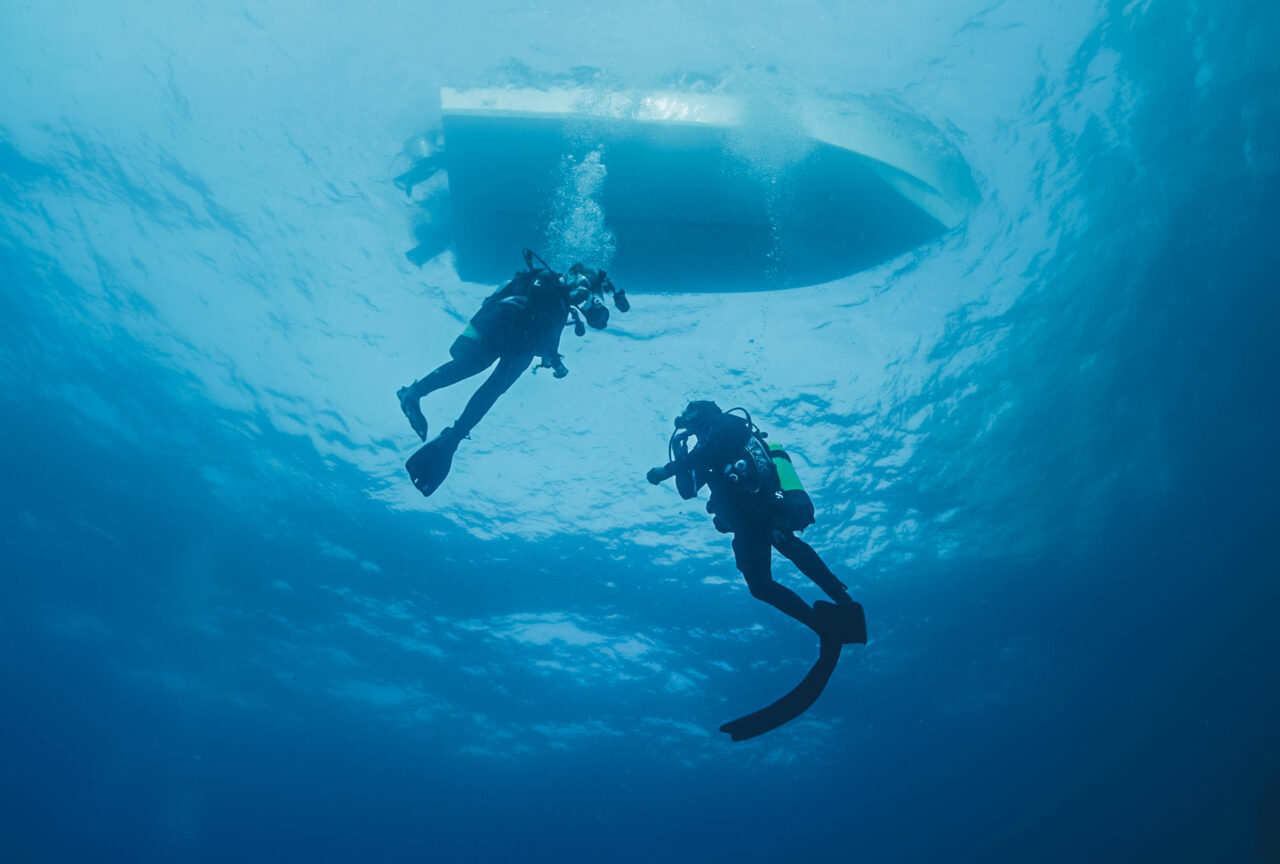
After five hectic days, the expedition has returned to the main island of Santa Cruz to exchange some scientists and crew. At the same time, the expedition is visited by journalists from CNN and Ecuador's Minister of the Environment, who will accompany them down in the expedition's submarine
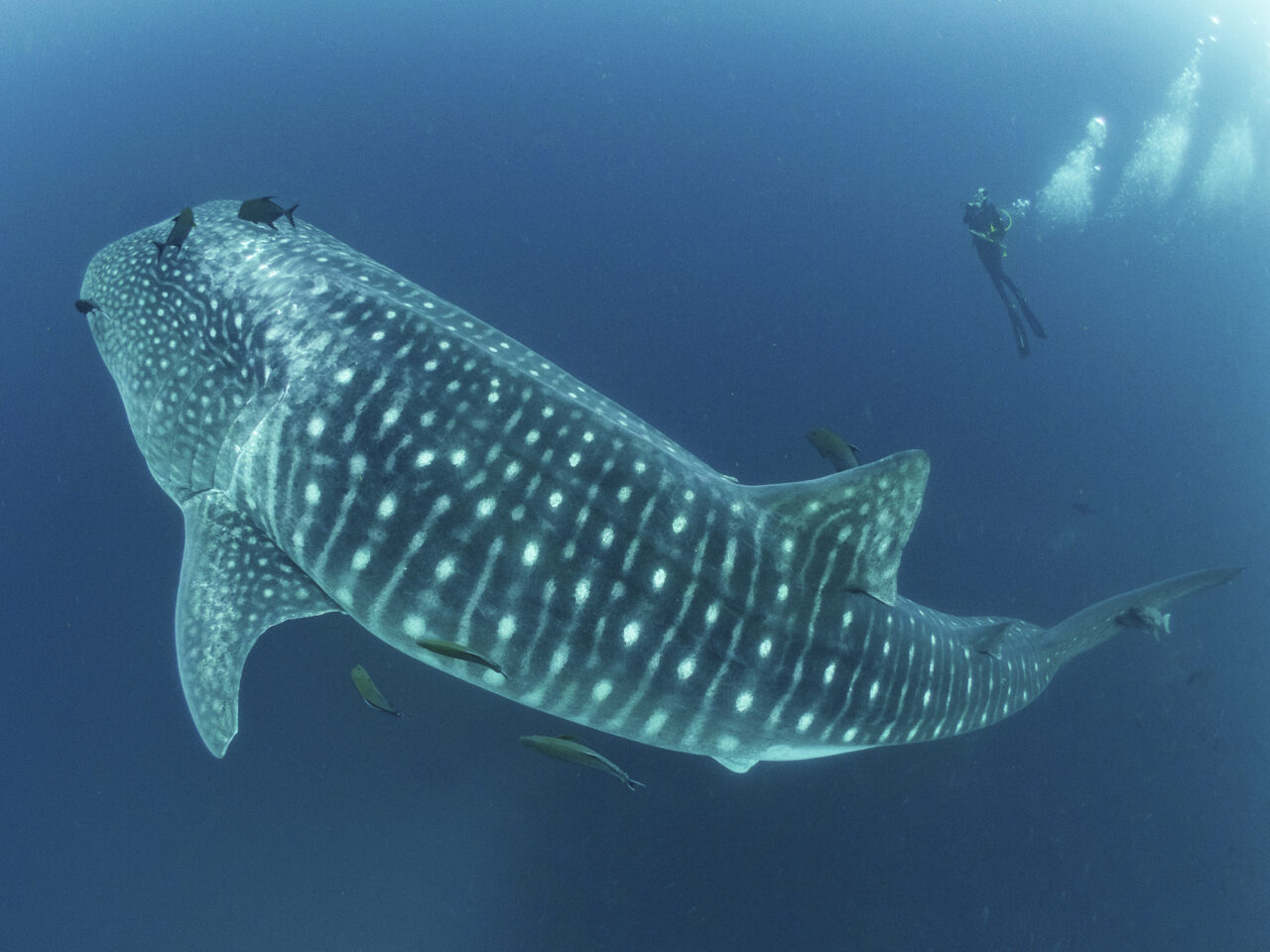
Ecuador has extended the marine reserve around the Galapagos Islands to protect sharks, whales, turtles, rays and other species.